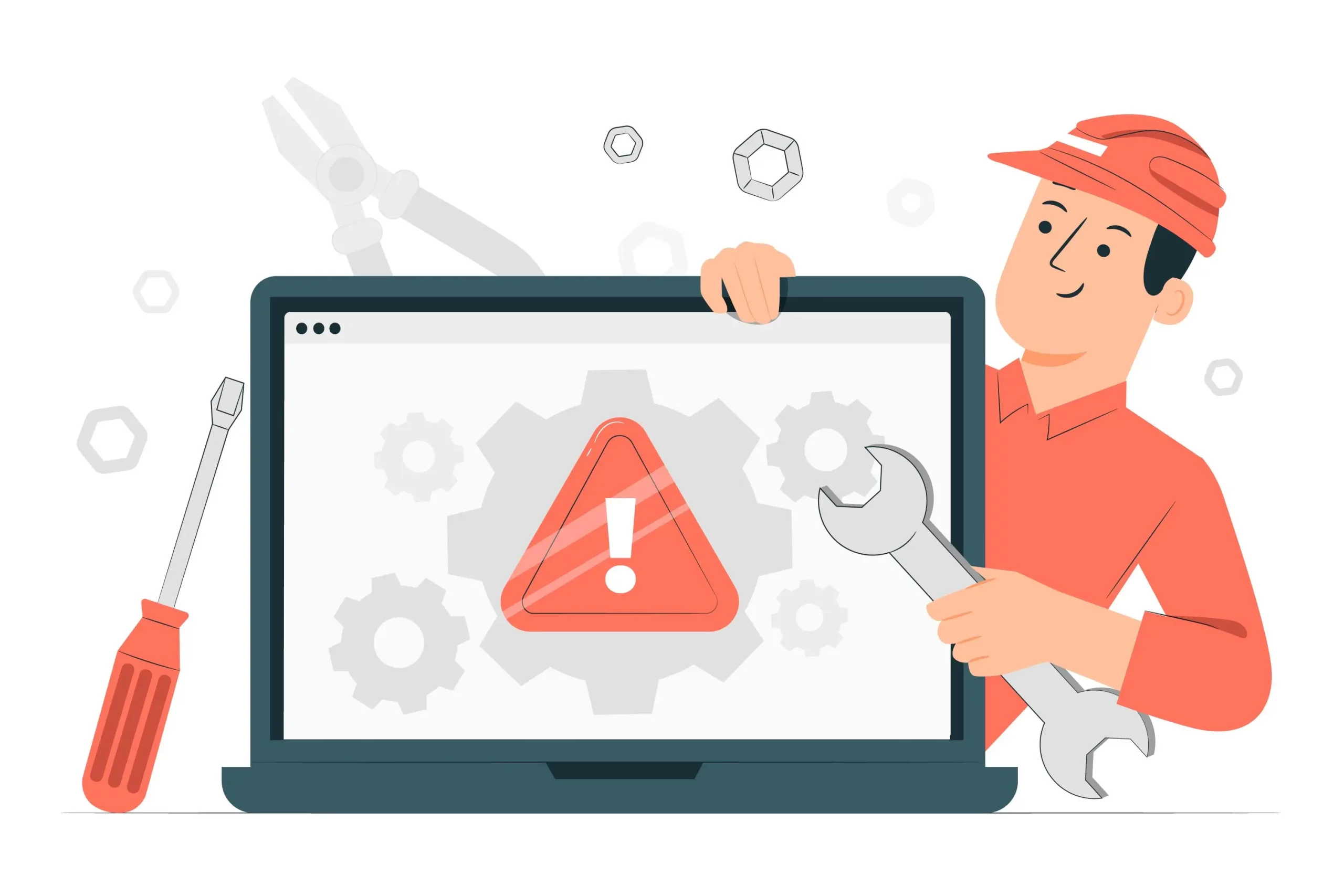The oxygen saturation is one of the important parameters for monitoring critically ill patients in hospitals, which reflects the oxygen supply status of human, and is considered as the important vital sign indicator second only to heart rate, blood pressure, respiratory reta and temperature. When the COVID-19 broke out, there was even a global boom in buying oximeters. So what exactly is oxygen saturation? Why do we need to monitor it?

What is oxygen saturation?
Oxygen saturation (SO2) is the fraction of oxygen-saturated haemoglobin relative to total haemoglobin in the blood. It’s an important parameter to reflect whether the breathing function is normal, and it’s also an important indicator for observing respiratory diseases. Insufficient blood oxygen saturation can cause great harm to human health.
Why is oxygen saturation so important?
Generally, the arterial oxygen saturation of normal human is 95%~100%, and venous oxygen saturation is 75%. Too low reflects insufficient oxygen supply to the body. What are the dangers of insufficient oxygen supply?
- Blue skin, face, lips;
- Dyspnea, tachypnea, cough and asthma;
- Headaches and confusion;
- Restlessness and sweating;
- Chest pain;
- Tachycardia, etc.
Which groups should be more concerned about oxygen saturation?
1. Patients with Cardiovascular and cerebrovascular disease
Studies have shown that cardiovascular and cerebrovascular diseases are caused by insufficient blood oxygen. Patients with cardiovascular diseases usually have more lipids and waste in their blood, and blood vessel stenosis leads to insufficient blood flow, resulting in insufficient blood oxygen, then people will feel chest tightness, shortness of breath, dizziness and other symptoms.
2. Patients with lung disease
Lung diseases such as COPD, ARDS, PHD and asthma can cause breathing difficulties, resulting in insufficient oxygen intake, which cause different degrees of damage to the heart and lung, brain and so on.
3. People living at high altitudes or with altitude sickness
At high altitudes, the body’s blood oxygen level will drop. Timely measurement of blood oxygen can ensure the safety of the journey. It can also achieve early detection, diagnosis, and treatment of acute altitude diseases.
4. Operators in confined space
In closed environments, such as high-altitude flight, diving operations, closed cabins or tunnel operations, etc.
5. Daily monitoring
Such as snorers, people with suspected apnea or smoking habits, people who work more than 12 hours a day, people who engage in sports, etc.
How to measure oxygen saturation?
The main methods for monitoring oxygen saturation are:
- SpO2 (Percutaneous arterial oxygen saturation). It tests actually oxygen saturation in capillaries. Pulse oximeter is a noninvasive way to achieve this measurement. It is typically measured at the extremities of the body, like a finger, an earlobe, etc.
- SaO2 (Oxygen saturation in arterial blood). It is usually measured by blood test with a blood gas analyzer.
SpO2 is measured in a non-invasive way, which can effectively reduce the pain of patients and esay to use, though its measurement can be affected by many factors. SaO2, is more difficult to measure than SpO2 and requires a blood draw, not an instant value.
At present, because SpO2 and SaO2 have a very good correlation, the values are very close, the SpO2 is more widely used in clinical practice.
What are the types of oximeter?
The main types of oximeters: Fingetip oximeter, Handheld oximeter, Wrist oximeter, Tabletop oximeter.
- Fingertip oximeter: It is the most common oximeter used in families and clinics. Portable and no external probe required.
- Handheld oximeter: Usually used in hospital and home. Through the probe to monitor the patient’s oxygen saturation status. Suitable for multiple groups.
- Wrist oximeter: This pulse oximeter is worn on the wrist like a watch and is ideal for patients at home who need to continuously monitor their oxygen saturation while they sleep.
- Tabletop oximeter: With more larger size than the three above, providing continuous oxygen saturation monitoring.
How to read the oximeter?
After the user connects the body part to the instrument correctly, the measurement value will be appeared on the device:
- SpO2: Percutaneous arterial oxygen saturation. The normal range is 95%~100%.
- PR: Pulse rate. The normal range is 60bpm~100bpm.
- PI: Perfusion index. It measures how well blood circulates in a specific part of your body.
- PVI: Pleth variability index. It reflects the variation of PI in the respiratory cycle.
In addition to the above values, some oximeter devices can also read TEMP (body temperature), RR (respiratory rate) , etc. Users can choose according to their needs. Warm tips, if you feel unwell, please see a doctor in time.
About us
Our company has been focusing on the research and development, production and sales of pulse oximeter since 1998. The main types include handheld pulse oximeters and tabletop pulse oximeters. If you have any needs, please contact us. Thank you for your attention!












